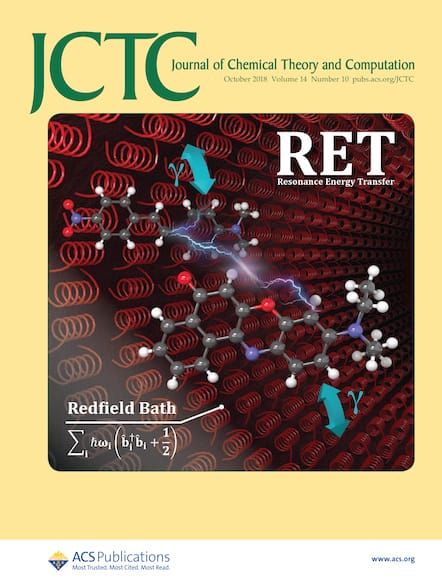Accurate Prediction of Open-Circuit Voltages of Lithium-Ion Batteries via Delta Learning.
IF 5.7
1区 化学
Q2 CHEMISTRY, PHYSICAL
引用次数: 0
Abstract
Accurate prediction of lithium-ion battery capacity before material synthesis is crucial for accelerating battery material discovery. The capacity can be theoretically determined by integrating open-circuit voltage vs state of charge (OCV-SoC) curves of electrode materials. OCV-SoC curves are traditionally computed using first-principles methods, either through geometry optimization (GO) with density functional theory (DFT) or molecular dynamics (MD) simulations of lithiation/delithiation processes using DFT or force fields. While MD simulations incorporate temperature effects that GO lacks, even DFT-based MD simulated OCV-SoC curves show systematic deviations from experimental results due to inherent approximations in DFT functionals. In this study, we performed MD simulations on 43 cathode materials to obtain their OCV-SoC curves. Initial results showed only moderate agreement with experimental data, yielding a coefficient of determination (R2) of 0.249 and a mean absolute error (MAE) of 1.561 V. Considering the scarcity of data, we implemented a delta learning approach to calibrate the MD results without substantial computational overhead, achieving an improved R2 of 0.933 and an MAE of 0.131 V on the testing set. This calibration method significantly enhanced the accuracy of energy density predictions, reducing the MAE from 106.0 to 10.7 Wh/kg. We also developed an automated delta learning platform to make this approach accessible to researchers without machine learning expertise.基于Delta学习的锂离子电池开路电压精确预测。
在材料合成之前准确预测锂离子电池的容量对于加速电池材料的发现至关重要。理论上可以通过积分电极材料的开路电压与荷电状态(OCV-SoC)曲线来确定容量。OCV-SoC曲线传统上是使用第一性原理方法计算的,要么通过密度泛函理论(DFT)的几何优化(GO),要么通过DFT或力场的分子动力学(MD)模拟锂化/去硫过程。虽然MD模拟包含了氧化石墨烯所缺乏的温度效应,但由于DFT泛函中固有的近似,即使是基于DFT的MD模拟的OCV-SoC曲线也显示出与实验结果的系统性偏差。在这项研究中,我们对43种正极材料进行了MD模拟,得到了它们的OCV-SoC曲线。初步结果与实验数据只有中等程度的一致,决定系数(R2)为0.249,平均绝对误差(MAE)为1.561 V。考虑到数据的稀缺性,我们实现了一种delta学习方法来校准MD结果,而没有大量的计算开销,在测试集上实现了改进的R2为0.933和MAE为0.131 V。该校准方法显著提高了能量密度预测的准确性,将MAE从106.0 Wh/kg降低到10.7 Wh/kg。我们还开发了一个自动增量学习平台,使没有机器学习专业知识的研究人员也可以使用这种方法。
本文章由计算机程序翻译,如有差异,请以英文原文为准。
求助全文
约1分钟内获得全文
求助全文
来源期刊

Journal of Chemical Theory and Computation
化学-物理:原子、分子和化学物理
CiteScore
9.90
自引率
16.40%
发文量
568
审稿时长
1 months
期刊介绍:
The Journal of Chemical Theory and Computation invites new and original contributions with the understanding that, if accepted, they will not be published elsewhere. Papers reporting new theories, methodology, and/or important applications in quantum electronic structure, molecular dynamics, and statistical mechanics are appropriate for submission to this Journal. Specific topics include advances in or applications of ab initio quantum mechanics, density functional theory, design and properties of new materials, surface science, Monte Carlo simulations, solvation models, QM/MM calculations, biomolecular structure prediction, and molecular dynamics in the broadest sense including gas-phase dynamics, ab initio dynamics, biomolecular dynamics, and protein folding. The Journal does not consider papers that are straightforward applications of known methods including DFT and molecular dynamics. The Journal favors submissions that include advances in theory or methodology with applications to compelling problems.
 求助内容:
求助内容: 应助结果提醒方式:
应助结果提醒方式:


